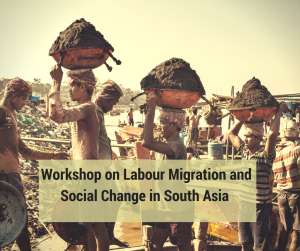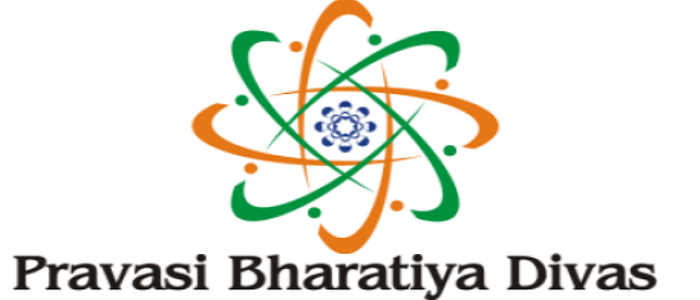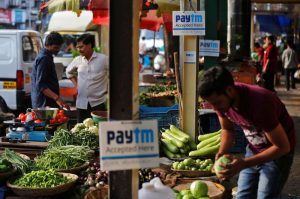This is not the story of rose – this is Gulab working as virtually Gulaam (slave) though formal slavery was/is not there in India. Some of the labourers remain attached to land, some tied, some bonded, some forced, some unpaid and so on. Gubal comes from Prajapati sub-caste that is from the bottom caste in Uttar Pradesh. And caste is a major determining factor in UP.
Pavan’s Story
Pavan is a boy of 12 I discovered today on road at Jhusi area of Allahabad ferrying clothes. Drudgery was on his face. While buying something from him I got to know the following:
Pavan has parents. His mother is ill – bedridden. Pavan needs money to save to cure his mother. His father is a walking hawker. He has two sisters who are apparently in studies. Pavan is from Andawa area adjacent to the city of Allahabad or around five km. away from Jhusi area. Pavan uses the bi-cycle of his father to ferry. So, his drudgery is reduced a little bit.
Internal Migration and Human Rights in India
India being large by geographic space and given the natural instinct of mankind to move, internal migration or movement of people from one corner to another is nothing new and nothing to worry about unless we disturb it. People on the move may also be rooted, that is, live permanently in one region understood as a village or a sub-urban area or a town.
Internal Migration conundrum in India
The first-ever estimates of internal work-related migration using railways data for the period 2011-2016 indicate an annual average flow of close to 9 million migrant people between the states.
Union Budget 2017: Thumbs up for MGNREGA
India’s biggest anti-poverty scheme, the Mahatma Gandhi National Rural Employment Guarantee Act or MGNREGA, has been given its “highest allocation ever” of 48,000 crores in the government’s annual Budget presented today, said Finance Minster Arun Jaitley to Parliament.
Economic Survey 2017 says labour migration higher than earlier estimates
According to data cited in the survey, Delhi was the largest recipient of migrants, accounting for more than half the number in 2015-16. People from Uttar Pradesh and Bihar accounted for almost half the migrants in the same period.
Book Review: The Prism of Internal Migration: The Indian Experience.
One can look at ‘Internal Migration in Contemporary India’ (Edited by Deepak K. Mishra) as a companion book to Partha S. Ghosh’s book, ‘Migrants, Refugees and the Stateless in South-Asia’ (2016). If the former addressed the issue of Migration within the context of South-Asia, then the latter engages with the same, from within the lens of contemporary India. The book is composed of eleven chapters. They collectively address a spectrum of issues ranging from women’s mobility, North-East migrants and migration from agrarian classes among a host of other topics, all pertaining to the context of migration occurring within the landscape of India. My review shall examine and analyse each chapter individually and conclude with my overall thoughts on the book.
Call for Papers: Workshop on Labour Migration and Social Change in South Asia

This workshop offers a platform for young researchers, scholars and practitioners to share thoughts and receive feedback on current research about labour migration and the social changes it induces in sending and receiving communities. We invite papers from PhD scholars as well as young researchers and practitioners engaged with issues of migration and social change.
Pravasi Bharatiya Divas 2017

The annual global convention for the Indian diaspora, Pravasi Bharatiya Divas 2017 was held in Bengaluru from January 7 to 9 with a record participation since its inception.
Tribune oped: For informal workers, ‘notebandi’ equals ‘paisabandi’

Mukta Naik, Eesha Kunduri & Manish
(The original piece appeared in The Tribune on 28 December 2016)
A sweeping indictment of cash needs to be replaced with a more nuanced understanding of the cash-driven economy. We need measures to protect those who are genuinely cash-dependent. The cash economy is multilayered, involving cash payments at multiple points in the chain.

